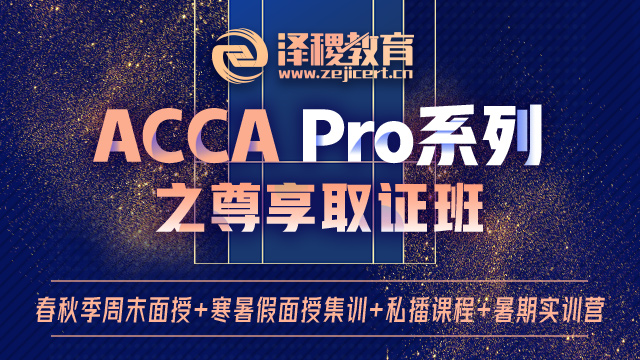Golden Rules’ and Principles of Good Referencing for the RAP – and how to ensure you don’t fail (or annoy the marker!)
1. Each fact, statement of opinion or citation to the work of others must be referenced. This means that when using the annual reports you are also required to show this is in your work – this extends to figures in graphs and charts. Usually graphs have been imported from a spreadsheet included in the appendices so in this particular case you can normally cite (Source: Appendix 3) etc. under the graph PROVIDED that Appendix 3 shows the information has been taken from the annual company’s annual report and this is appropriately referenced in your list (see Rule 7).
2. References should show what is being referenced. This means the reference should be in the text next to the actual point being referenced. Do NOT ‘stack’ references up at the end of the sentence or paragraph unless the last sentence only is being referred to AND all of the references cited are referring to that particular point.
Example 1 ‘A counter-argument can be found in the theories of motivation-based reasoning (Kunda, 1990) and pre-decisional distortion of decision-relevant information (Bond et al, 2007; Russo et al, 1996).’
Here the first reference refers to the idea of motivation-based reasoning but there are two separate groups of researchers who have looked at another distinct area of research but not the first and proposed a different theory. (It would be completely wrong to put all 3 references at the end of the sentence/paragraph as it would convey that their work all supported the same areas and theories).
3. References should have clear ‘designators’ A reference usually comprises the name of the author(s) if known (as in Example 1 above) and year – these two elements together are known as the ‘designator’. If the author is not known then the name of the publication can be used. Problems arise where the information has been taken from a website. Where possible in these circumstances use the website name in place of the author: if for example you were citing from Open Tuition you could use (Open Tuition) or (opentuition.com) for the first part of the designator and either the year (if known) or n.d. (no date). Note: Markers are not totally happy if they see the complete website address in the text itself (but as we will see later the website address must be shown in the Reference list)
4. Each different document referred to must have its own unique designator If for example you are using several different articles from the same newspaper in the same year you MUST distinguish between the various articles. You do this by using ‘appendages’ added to the year e.g. 2015(a), 2015(b) 2015(c). If during the course of your work you refer to the same document more than once then you should always use the same designator as used previously (so do not change it to a different appendage from the one given originally).
5. Designators MUST match Part of the purpose of referencing is that the reader can actually find the full details of anything referenced in the text easily in the Reference list. If you change the designator you used in the text when listing it, this becomes difficult if not impossible. Also be consistent – if you used (Open Tuition, n.d.) in the text then ensure that Open Tuition (n.d.) is how you list it and so don’t change it to opentuition.com (n.d)
6. The Reference List must be systematic Items listed randomly will confound the reader (and really irritate the marker). Your list should therefore be in alphabetical order. It is permissible to use a numeric system provided the same numbers have also been used in the text. It is also permissible to use a subscript / footnote system so that all your references are shown at the bottom of the relevant page. Provided you are systematic and do not swap between systems, you cannot be failed for your OBU RAP for doing this (but as Harvard is preferred by academic institutions, generally this method is to be preferred).
7. The information provided in the text should be sufficient to locate the exact document It is therefore unacceptable just to list a ubiquitous website address such as www.marksandspencer.com If you have used information from a specific document then you need to provide the link for the marker e.g.
http://corporate.marksandspencer.com/investors/153855a7b7b24038920758283d6986fa
The reference in the text may have been (M & S, 2015) and therefore in accordance with Rule 5 you must show M & S (2015) in your reference list but you should follow this with an explanation of what the document is e.g Annual report 2015, followed by the link and the latest date you accessed it. (Note if you used Marks & Spencer in the text then you MUST use Marks & Spencer in your list and not randomly decide to change t to M & S see Rule 5).
8. Items in the list should appear once and only once Although you may cite from the same document numerous times in your text, it must have only one entry when put in the list.
9. Using many references from a long document or book Normally when doing academic work you are expected to cite the relevant page for a document that is longer than about 12 pages. The rules for the RAP are not so strict. However you should distinguish between the annual report and the CEO statement / directors’ reports. So when citing figures it is fine just to refer the reader to the annual report (as the assumption is that these are from a limited number of pages such as the Income statement /Balance sheet etc.) however for written information from the report you are advised to include the relevant page number in the text
Example 2 M & S introduced two important technological innovations during 2014/15 and whilst the Chairman conceded that such large scale projects are not without their teething problems he admitted that the company experienced greater problems than those anticipated (M & S, 2015 p.4)
This way only one listing is required (which is correct as it complies with Rule 8) and as mentioned previously the full link would have been included for the relevant annual report so with the page number the marker can very easily find this reference and citation.
10. Using Direct Quotations Although you will be referencing sources you are advised NOT to make many direct quotations. This is because just citing passages from other people’s work does not demonstrate any real understanding. Frequent use of direct citations (whether referenced or not) will result in a failure for ‘bad academic practice’. Instead you should learn to paraphrase and precis information so that you are demonstrating use of a source rather than just the ‘skill’ of being able to ‘copy and paste’. For example I reworded and edited the passage in Example 2 rather than just copying and pasting the whole paragraph:
“We implemented two crucial pieces of infrastructure: our new M&S.com website and our automated distribution centre at Castle Donington, two of the largest projects of their kind in Europe. Whilst projects of this scale are likely to experience some initial performance issues, these were greater than we anticipated.”
Occasionally direct citations are unavoidable but you must be VERY selective and ensure that quotation marks are used as well as a reference and that their use is kept to the minimum.
2016 ACCA学习资料大礼包(内含ACCA历年真题、考官文章、考官报告、备考宝典等实用学习资料),关注微信公众号:ACCA考友论坛(ID:ACCA-CHN)即可领取:






 白金级认可培训资质(总部)
白金级认可培训资质(总部)
 课程试听
课程试听
 职业规划
职业规划
 ACCA中文教材
ACCA中文教材
 考位预约
考位预约
 免费资料
免费资料
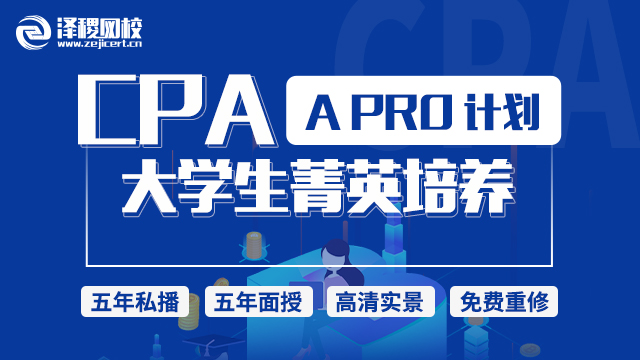
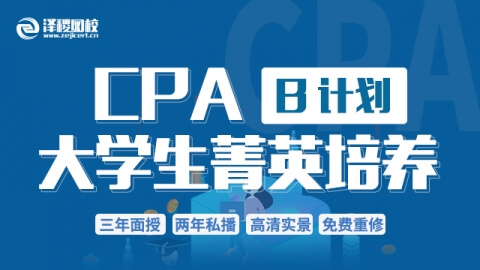

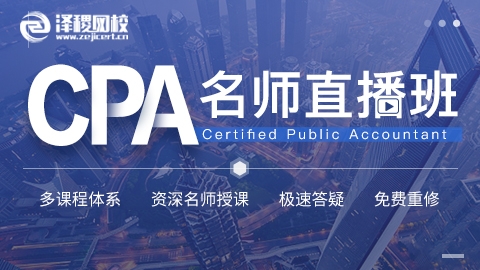
 题库下载
题库下载
 模拟机考
模拟机考


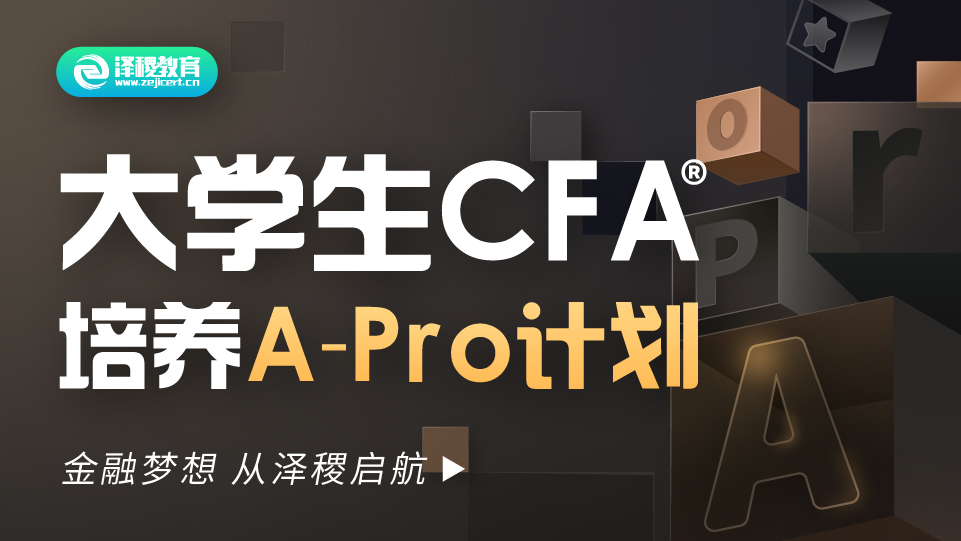

 CFA®成绩查询
CFA®成绩查询



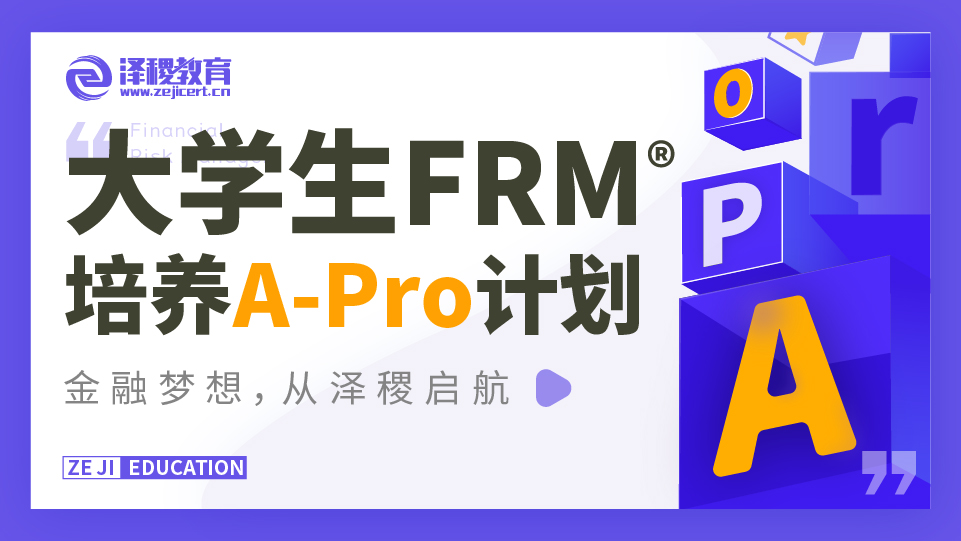
 GARP协会官方认可FRM®备考机构
GARP协会官方认可FRM®备考机构











